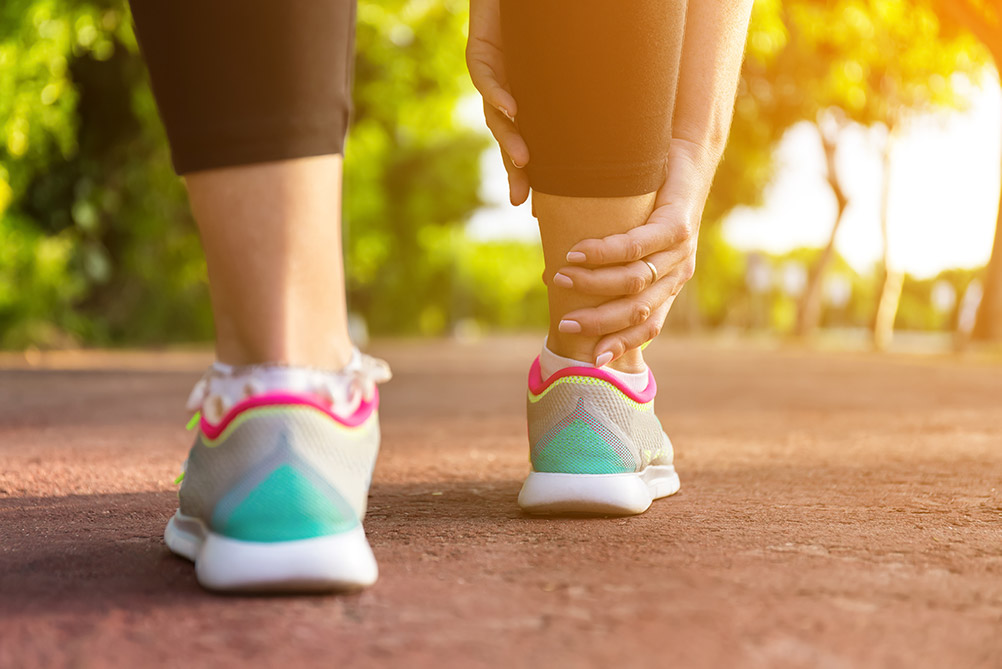
Sprains, dislocations and sports injuries
If you are a physically active person, you probably realize that injuries in sport are inherent. Most often they result from inadequate warm-up, lack of concentration, or undertaking too intense effort without preparation. Physical activity is becoming more and more popular these days, and injuries often come with blindly following trends and overestimating your own abilities. It is important not to underestimate even the most trivial injuries, as they can lead to more serious ailments.
Immediately after the injury, it is recommended to follow the PRICE principle:
- P – protection,
- R – rest,
- I – ice,
- C – compression,
- E – elevation.
We distinguish 3 degrees of injury depending on the ligament damage: stretching, tearing, complete rupture.
Have you been injured and want to get back to full fitness?
Check out our offer.
Twisted ankle
One of the more common injuries is an ankle sprain (commonly referred to as an ankle sprain). Due to the fact that it is easy to get to it, it can happen in almost any situation – you just need to jump incorrectly, even from a small height, run on uneven terrain, or stand incorrectly.
Immediately after the injury, you can try to deal with home remedies using cold compresses and appropriately high leg position. However, when the symptoms persist after a few days, you should consult a doctor or physiotherapist who will assess the swelling and the condition of the ligaments, ordering the appropriate and necessary further treatment – usually some type of physical therapy.
With only stretched ligaments, rehabilitation focuses on stabilization and improvement of mobility. A rupture requires the use of a stabilizer or an orthosis until the pain is gone, and then manual therapy to restore deep feeling and mobilize the joint. Complete rupture of the ligaments is associated with immobilization for several weeks and more advanced techniques of therapeutic work.
Other most common sports injuries – knee injuries
Another, equally common injury is knee contusion. In a knee injury, the meniscus, cruciate ligaments or patella are most often damaged. The knee joint is characterized by a complex structure. Therefore, it often happens that an apparently minor trauma can have serious consequences, and the pain sensations are sometimes disproportionate to the size of the damage. Especially when you undertake physical activity, it is worthwhile for you to consult a rehabilitation specialist to know how not to lead to more serious complications, what to avoid and what to apply.
A diagnostic method that works perfectly in this case is ultrasound. It allows you to accurately estimate the area and size of the damage. Depending on the damaged structures, knee rehabilitation uses strengthening or stabilizing exercises under the supervision of a physiotherapist and manual therapy to restore the mobility of the joint. The prevention of trauma is also of great importance. If you remember about proper warm-up before and regular stretching after training, specialized footwear and adequate training loads, you will certainly minimize the risk of injury.